What is the name of the first blockchain project allowing players to sell shirts to fans? Shirtum! The project, whose concept was introduced in 2021, is still in its development stages but will soon present excellent opportunities for players and fans.
It’s the dream of almost every fan to own an original shirt or a collectible from their favorite player. However, the only people who access the collectibles and players’ museums are close friends and family members.
Fortunately, with the introduction of Shirtum, every fan will buy an NFT representation of a collectible or a shirt from the players. Furthermore, to aid in the interaction between players and fans, Shirtum will install functionalities that create, store and Swap NFT shirts.
A Platform for Players and Fans
Shirtum gives players their section called the digital players’ museum, to share their stories about their experiences in soccer. This section shows the shirt of the individual players and a little history behind the shirt, including the price evolution.
There is a marketplace in the platform where users have the freedom to buy ownership in NFTs that represent the shirts. In the market, users can get the assets directly from the players who own them, from the fans who have already purchased them, or by Swapping them with others.
Shirtum also installs a fanzone where players’ videos are posted telling stories about their T-shirts. Generally, this is where the player explains the relevance of the t-shirt in their career.
The platform has a gallery where the NFT users can view all the details about the NFTs they own and prepare them for sale. The gallery acts like an NFT wallet where the user can see all the balances of the NFTs, and offer them for exchange.
Shirtums inclusion of the museum, marketplace, fanzone and gallery makes it easy for players and fans to interact. Therefore, by only a few clicks a fan will own a trophy from the player’s closet.
The $SHI Token
The $SHI token is the native token powering the Shirtum network mainly used in buying digital assets from the platform. Generally, holding these tokens will provide excellent rewards for the users and ample opportunities for starter investors.
For instance, investors will enjoy opportunities to participate in NFT sales earlier and get discounts on NFT prices. Moreover, by holding $SHI, a user can own exclusive assets, and enjoy getting their favorite player’s experience.
The token economics of this platform apportion 412 million tokens for sales and crowdfunding. The remaining 588 million tokens are shared with the team, founders, treasury, advisors while some are burnt. By burning the tokens, $SHI will remain highly reliable in the long term.
Don’t Miss Out on the Ongoing Sales
Shirtum planned to have several rounds of its token sale to garner a large community behind them. The first private sale began on June 7 and will continue until June 17. The hard cap in the round 1 sale is €3.3 million. The second round will begin on June 18 to 24th, where the hard cap is €3.6 million.
The conditions for participating in the private sale rounds is investing a minimum of €500(1.5BNB). A wallet will hold a maximum of €50 thousand(150BNB). These tokens will be released using vesting in the months following the presale.
Shirtum will begin its public offering on June 24 at precisely 16.00 UTC, targeting a €1 million softcap and €5 Million hardcap. The minimum value per account will be €100, while the maximum is €1 thousand. Each token in the public offering round will cost €0.036, and the presale will last for seven days. Anyone interested in investing in the Shirtum project can participate in the presale rounds.
The platform will be giving updates on the progress of the presales and other events made by the platform. Therefore you can visit their social media pages like Twitter and telegram and be part of their online community.




 Crypto2 years ago
Crypto2 years ago
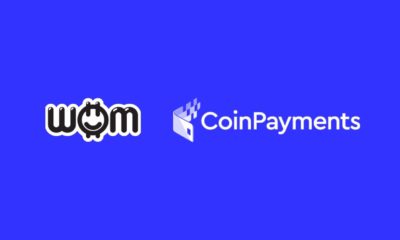

 Blockchain4 years ago
Blockchain4 years ago
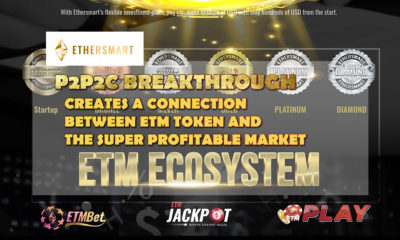

 Press Release4 years ago
Press Release4 years ago


 Press Release4 years ago
Press Release4 years ago


 Blockchain4 years ago
Blockchain4 years ago
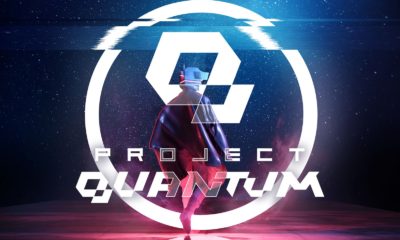

 Press Release3 years ago
Press Release3 years ago
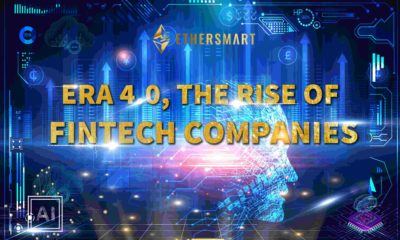

 Press Release4 years ago
Press Release4 years ago
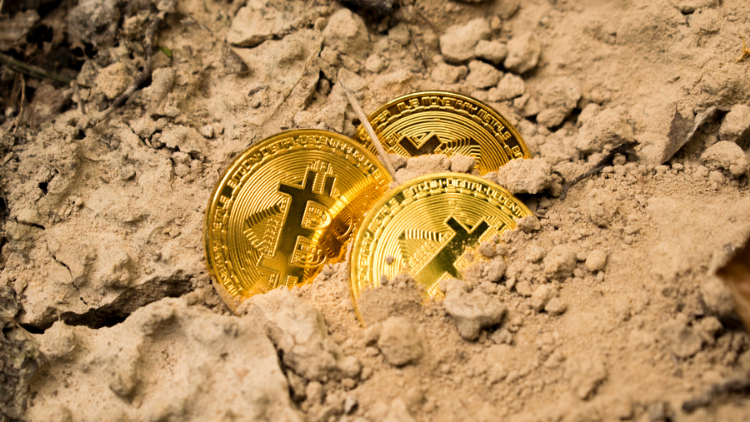

 Blockchain4 years ago
Blockchain4 years ago










